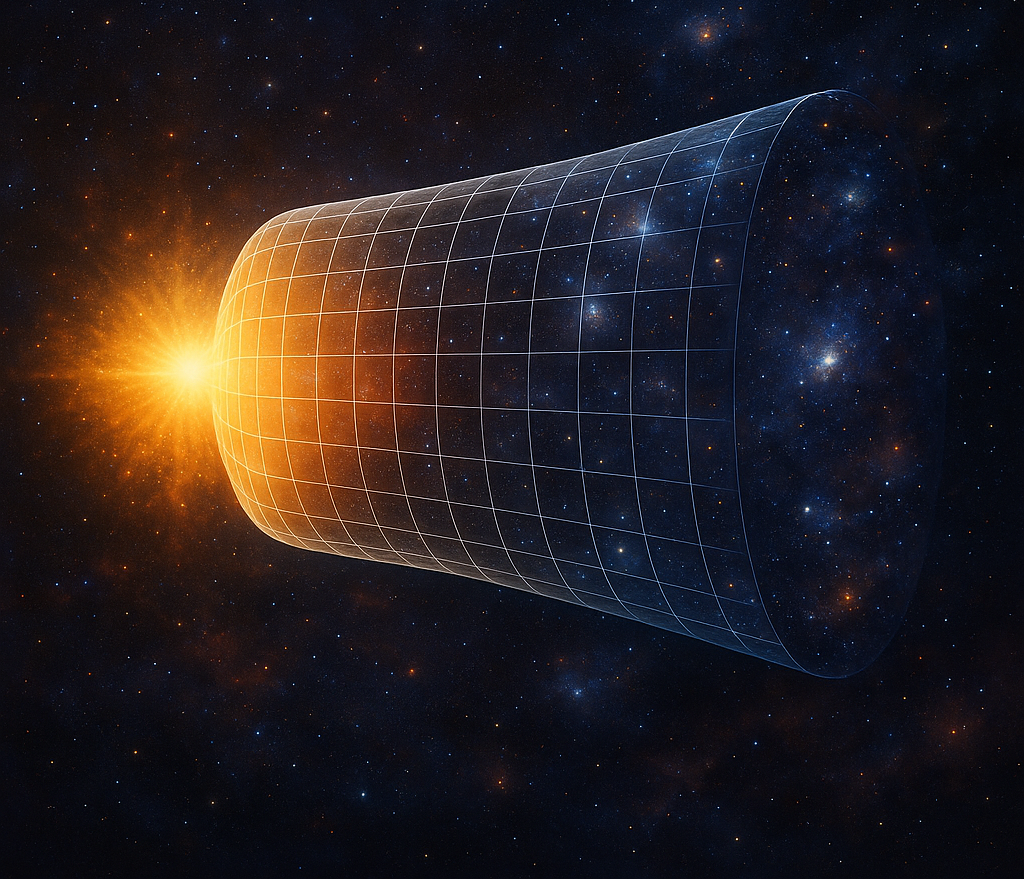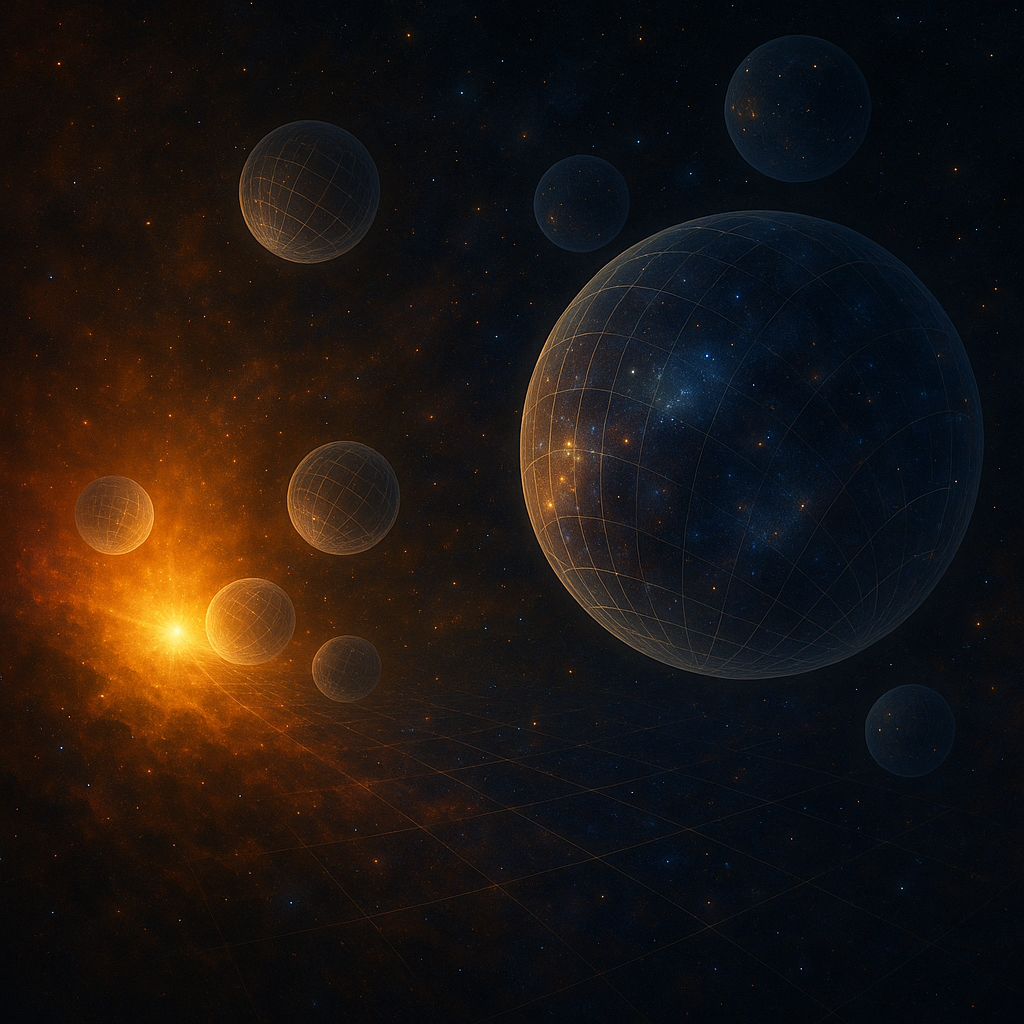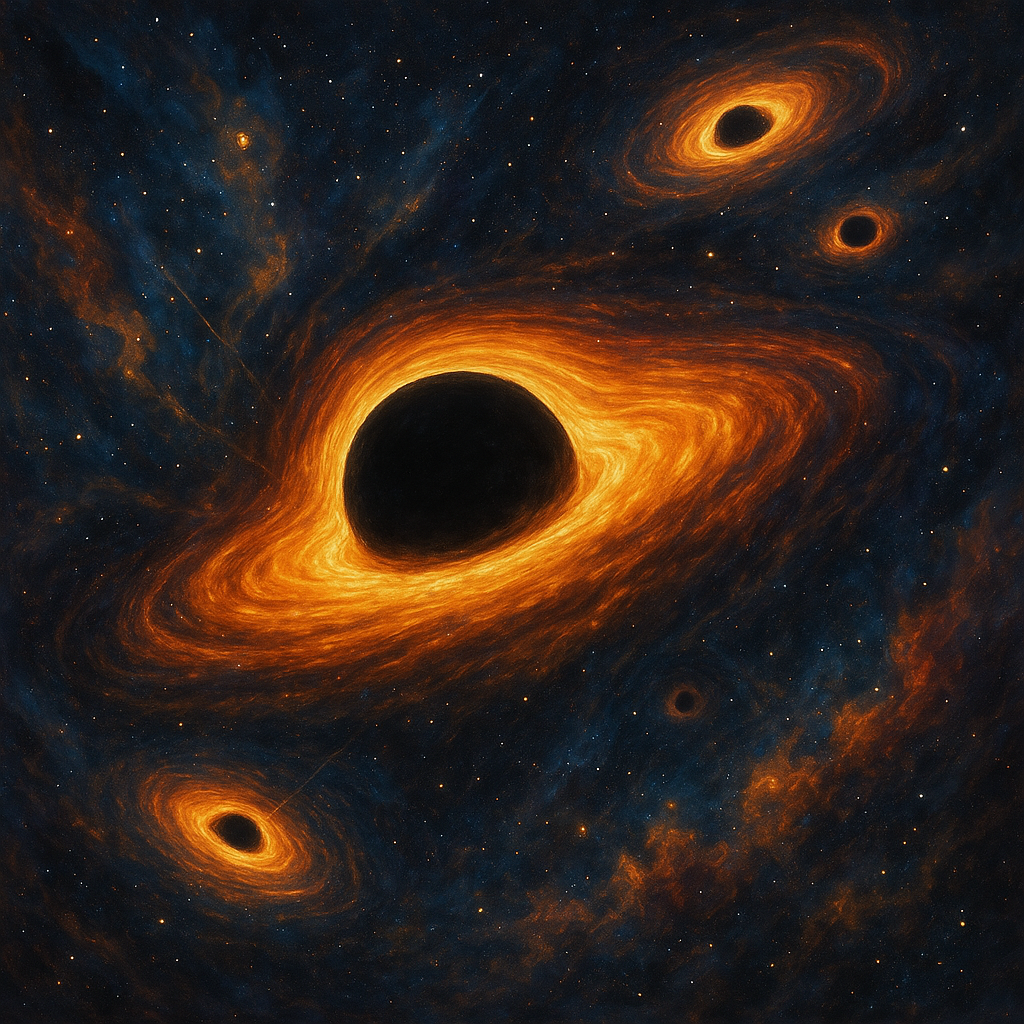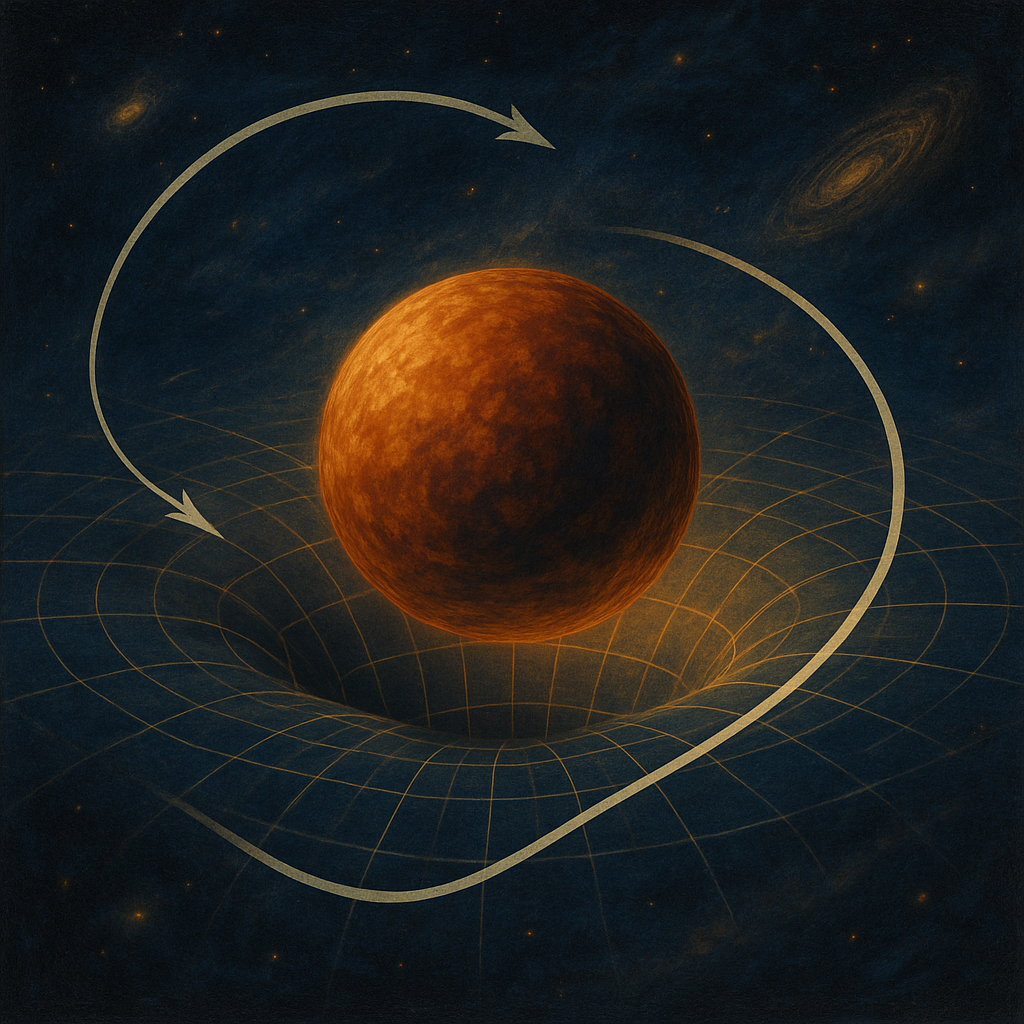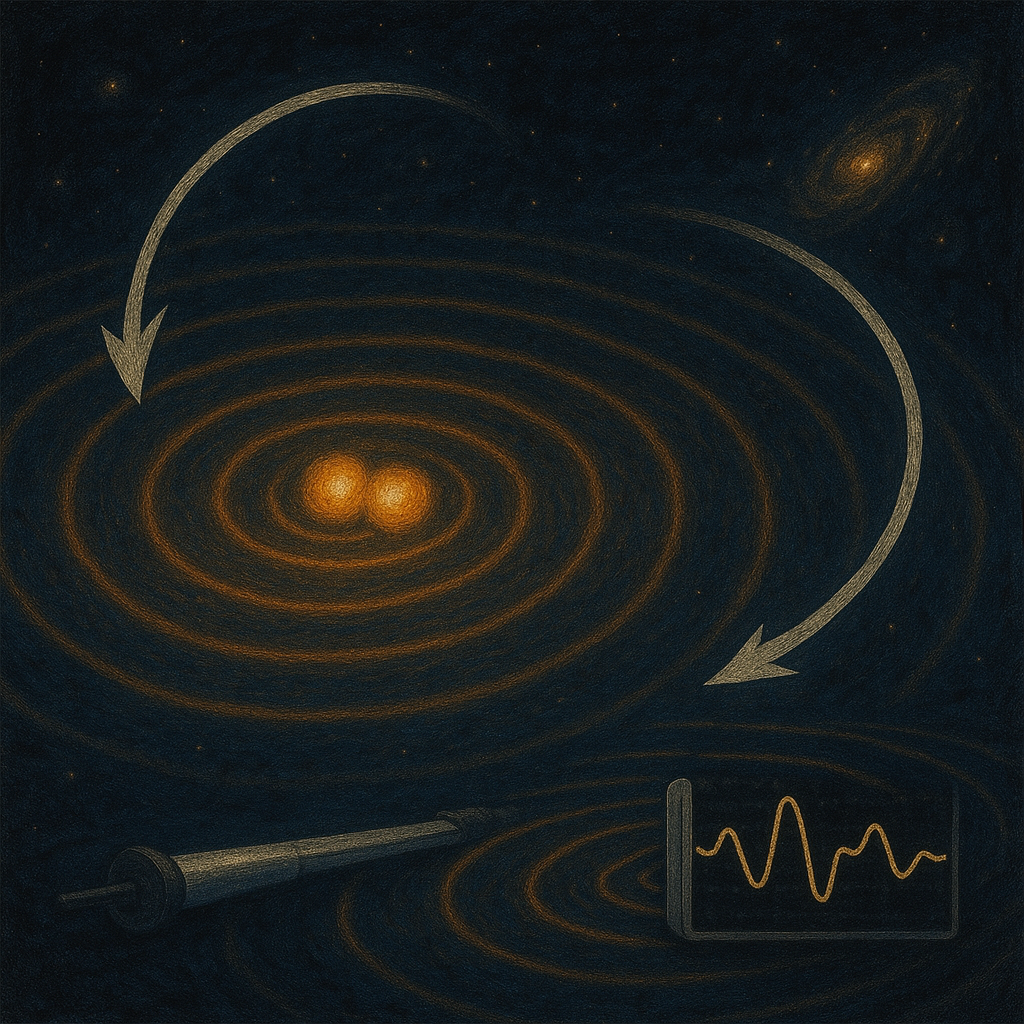Research
I work on a range of topics in theoretical cosmology, with a focus on the early universe and the physics of inflation, gravitational waves, and modifications to general relativity. My research is driven by a deep interest in understanding how fundamental physics shaped the earliest moments of cosmic history.
Some of my present and past collaborators:
Nilay Bostan, Anish Ghoshal, Qaisar Shafi, Zygmunt Lalak, Andrew L. Miller, Antonio Racioppi, Christian Dioguardi, Maria Giovanna Dainotti, Biagio De Simone, Giovanni Montani, S. Shankaranarayanan, Yaren Doruk, Jason Kristiano, and Gonzalo A. Palma
Inflationary Cosmology
The dynamics of cosmic inflation, a pivotal era in the early universe, offer compelling solutions to foundational puzzles in cosmology, such as the horizon, flatness, and relic problems. This research is focused on how variations in inflationary potentials, field-space geometries, and nontrivial couplings influence the evolution of primordial fluctuations. Particular interest lies in how these factors shape the statistical features of the cosmic microwave background (CMB) and imprint themselves on the large-scale structure of the universe. By exploring a wide range of theoretical models, the goal is to identify distinct observational signatures that could help discriminate between competing scenarios and deepen the understanding of the physics driving the earliest moments of the cosmos.
Multifield Inflation
The study delves into multifield inflationary models, where the interplay of multiple scalar fields creates a rich and complex dynamical landscape. Unlike single-field scenarios, these models introduce novel effects arising from the curvature of the field space and the presence of entropy (isocurvature) perturbations. These intricate dynamics are rigorously examined to understand how they give rise to distinctive observational signatures, including non-Gaussianities in the cosmic microwave background, which serve as powerful probes of the early universe. Furthermore, multifield frameworks are investigated for their potential to naturally facilitate the formation of primordial relics, such as primordial black holes and other exotic structures, shedding light on the deep connections between inflationary physics and the seeds of cosmic structure.
Primordial Black Holes (PBHs)
The formation of primordial black holes (PBHs) arising from amplified curvature perturbations generated during inflationary epochs is a central topic of investigation. These enigmatic objects offer a unique window into high-energy physics beyond the reach of terrestrial experiments and simultaneously stand as compelling candidates for constituting dark matter. This line of research spans both single-field and multifield inflationary frameworks, examining the distinct mechanisms by which enhanced fluctuations can collapse to form PBHs. By bridging theoretical predictions with observational prospects, the goal is to illuminate the role of primordial black holes in shaping the early universe and contributing to its mysterious dark sector.
Modified Gravity Theories
This research focuses on modified gravity theories, with particular emphasis on f(R) gravity formulated within the Palatini approach. These frameworks present compelling alternatives to dark energy and offer natural extensions to Einstein’s General Relativity in regimes of high curvature. The investigation explores how such modifications influence the inflationary dynamics, impact the growth of cosmic structure, and alter the propagation of gravitational waves. Through this work, the aim is to deepen the understanding of gravity’s fundamental nature and its role in the evolution of the universe across multiple scales.
Gravitational Waves signatures
Gravitational waves are utilized as powerful probes to test the fundamental principles of gravity. By analyzing the propagation and polarization of these ripples in spacetime, this research investigates potential deviations from General Relativity and places stringent constraints on a wide range of modified gravity theories and early-universe models. The work bridges cutting-edge theoretical developments with observational data from major gravitational wave detectors such as LIGO-Virgo, upcoming missions like LISA, as well as next-generation cosmic microwave background experiments including CMB-S4. This synergy between theory and observation aims to unlock new insights into the nature of gravity and the physics of the cosmos.
